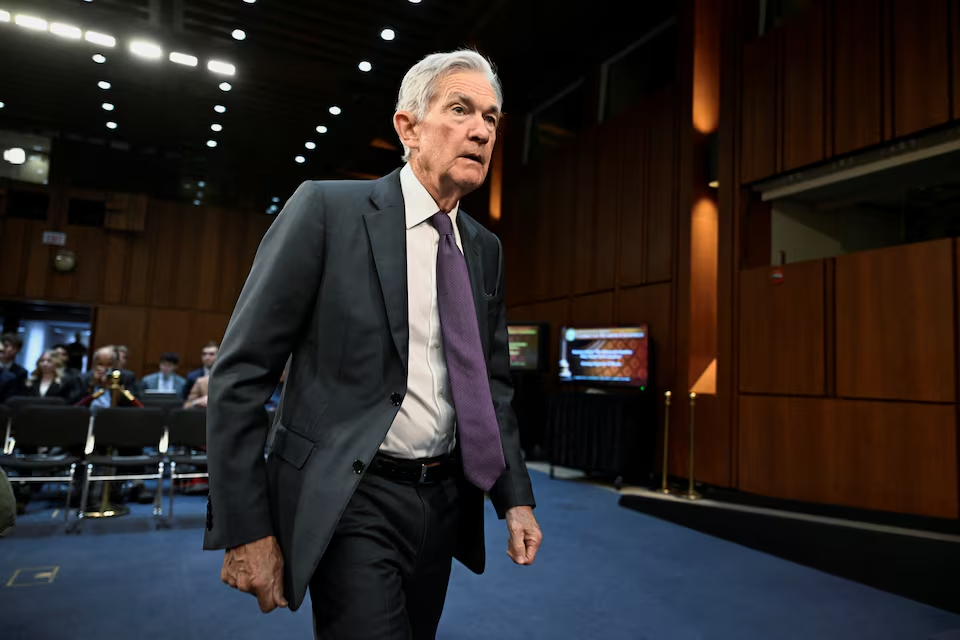Featured
article
- Get link
- X
- Other Apps
Inflation Climb Reinforces Fed’s Cautious Stance as Powell Returns to Capitol

Federal Reserve Chair Jerome Powell is back on Capitol Hill amid new data showing that inflation in the United States jumped to a 3% annual rate in January—slightly higher than December’s 2.9%. The uptick, driven by rising costs in housing, food, and energy, is prompting concerns that the progress on curbing inflation may be stalling.
In his second day of testimony before Congress, Powell reiterated that the Fed is in no rush to lower interest rates. He emphasized that while the overall economy remains robust, the unexpected surge in consumer prices underscores the need for a “wait-and-see” approach. Lawmakers grilled him on various issues ranging from tariff policies to the safety of bank deposits, but Powell maintained that the current monetary policy framework is appropriate given the mixed economic signals.
Market observers noted that the higher-than-expected inflation data might further delay any future rate cuts, as the Fed continues to weigh the risks of reducing policy restraint too quickly. With Powell’s testimony ongoing, all eyes remain on Capitol Hill as policymakers and investors seek clarity on the future direction of U.S. monetary policy.
Popular Posts
Trump's Six Words: "I'm Going to Stop the Wars"
- Get link
- X
- Other Apps
Smart Savings for a Sharp School Start: Canadian Parents’ 2025 Guide
- Get link
- X
- Other Apps



Comments
Post a Comment